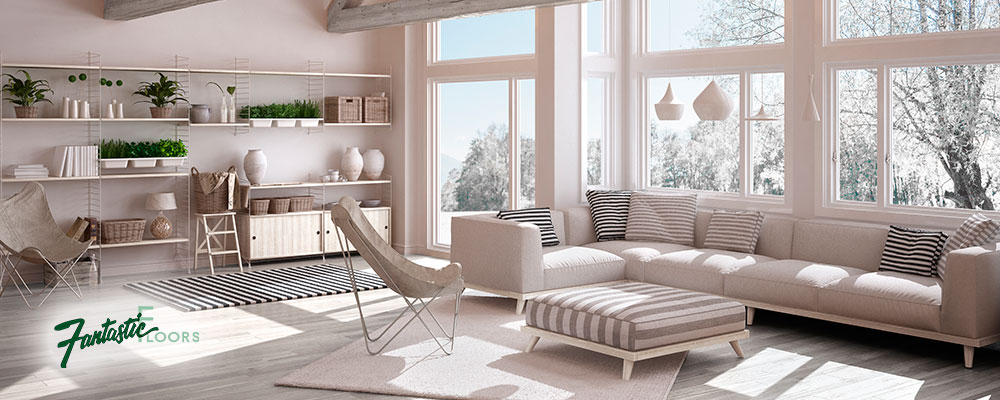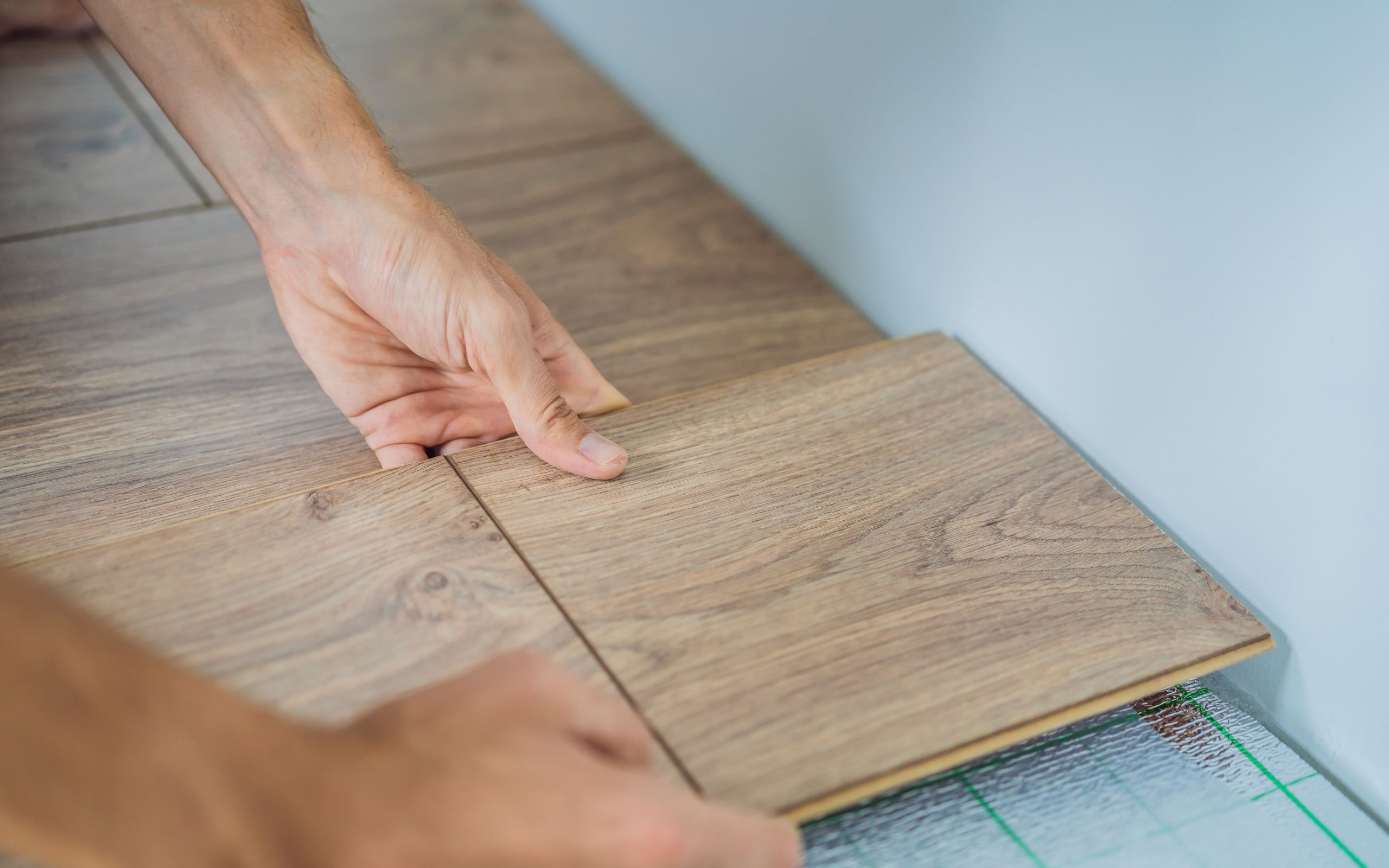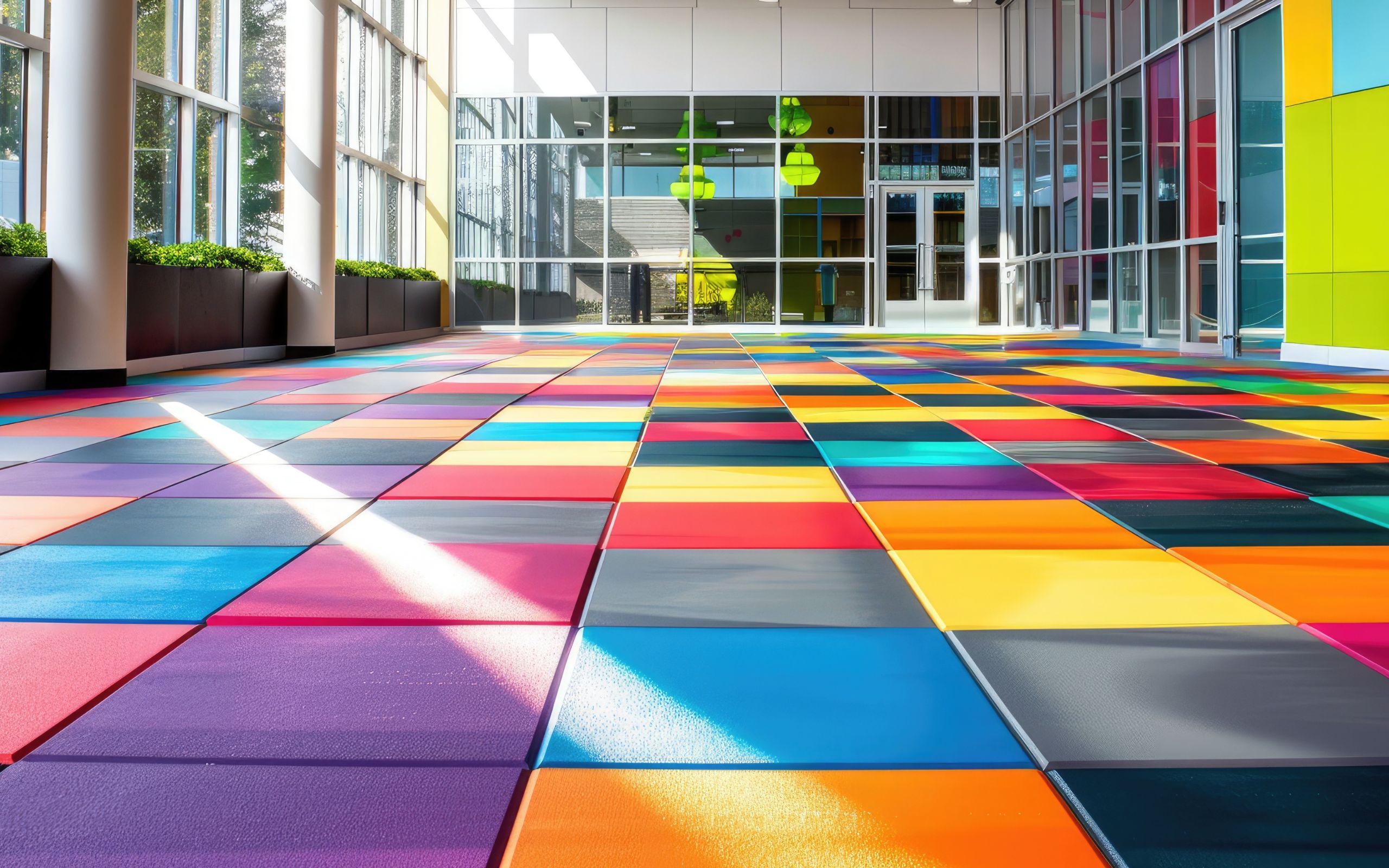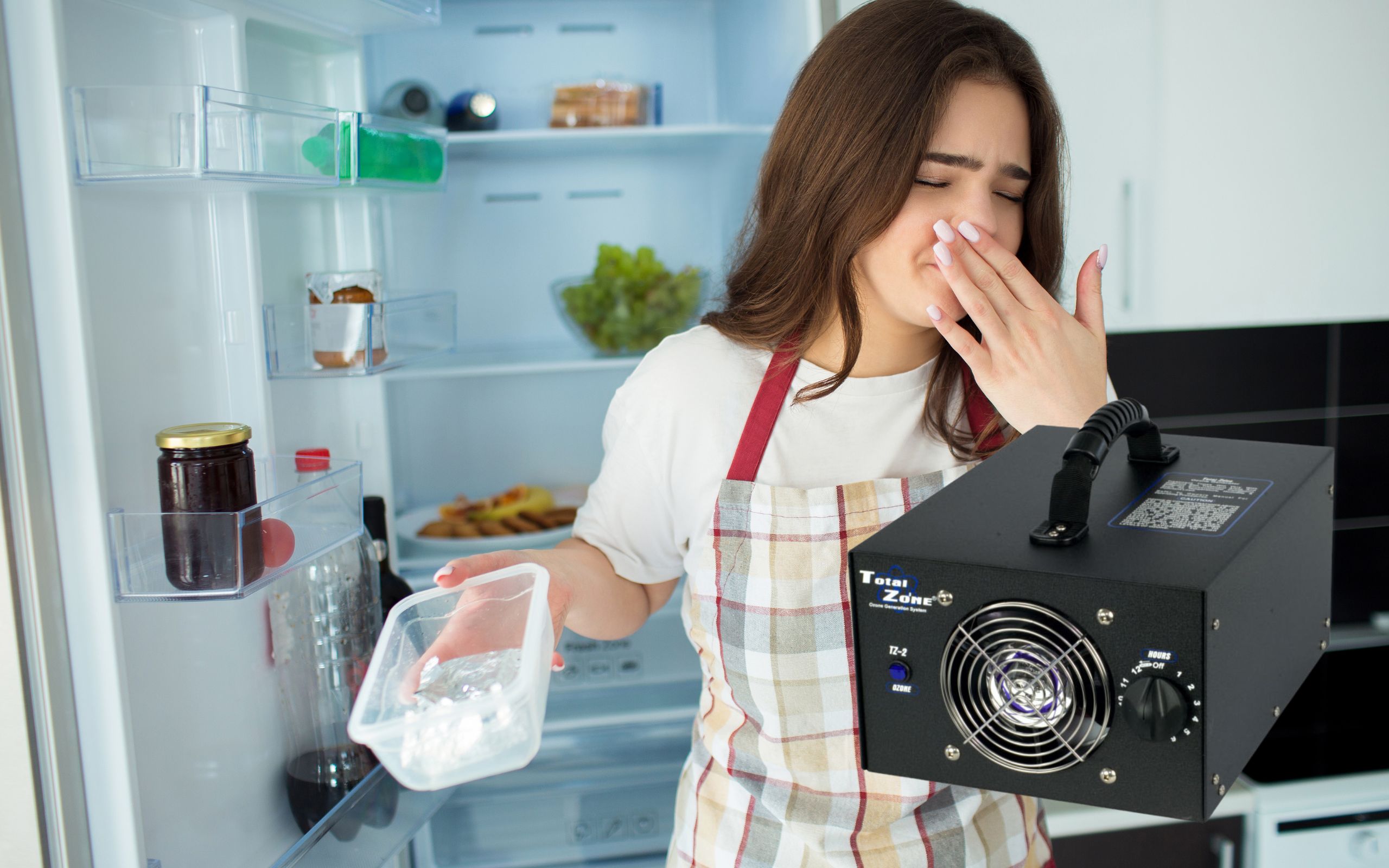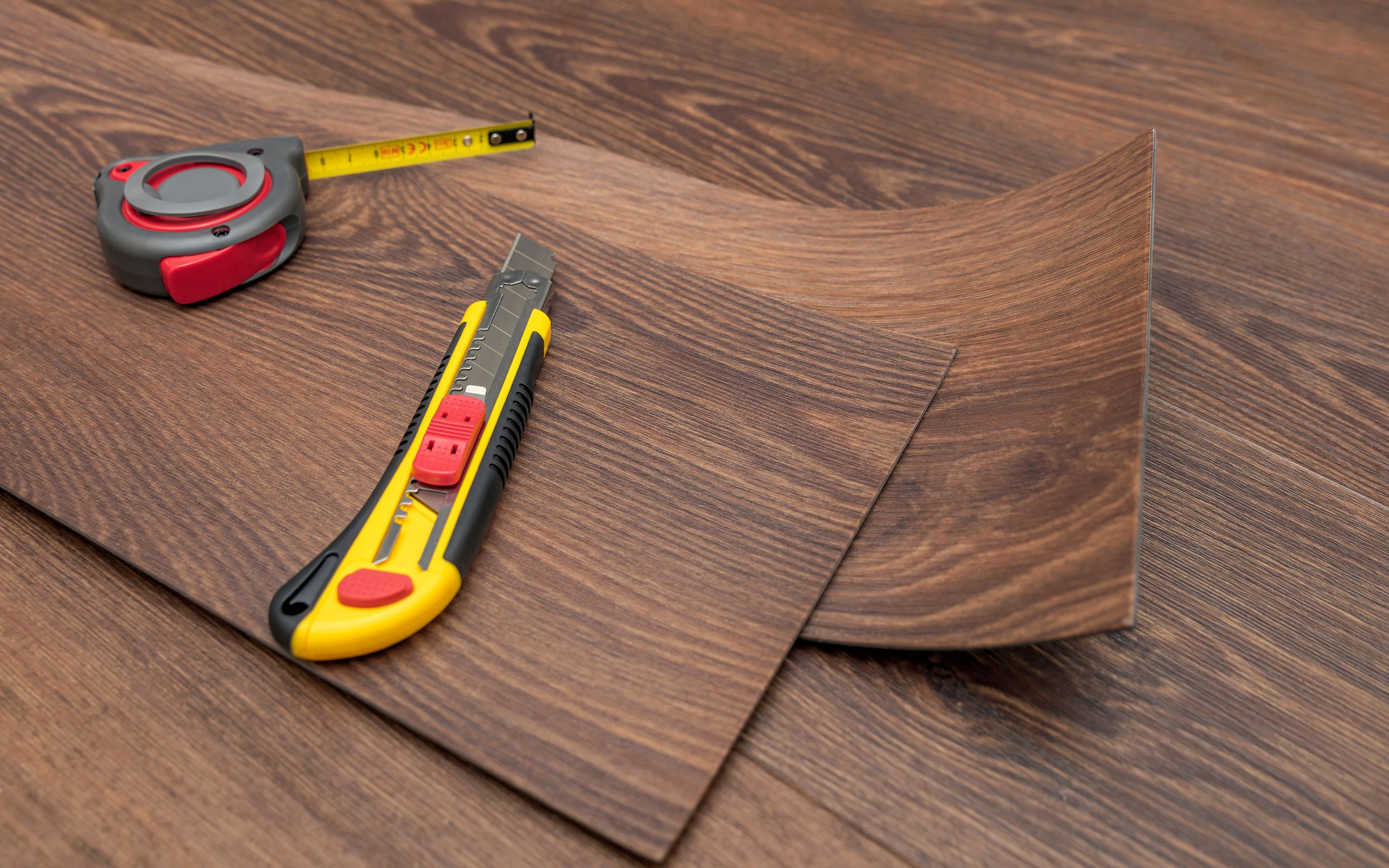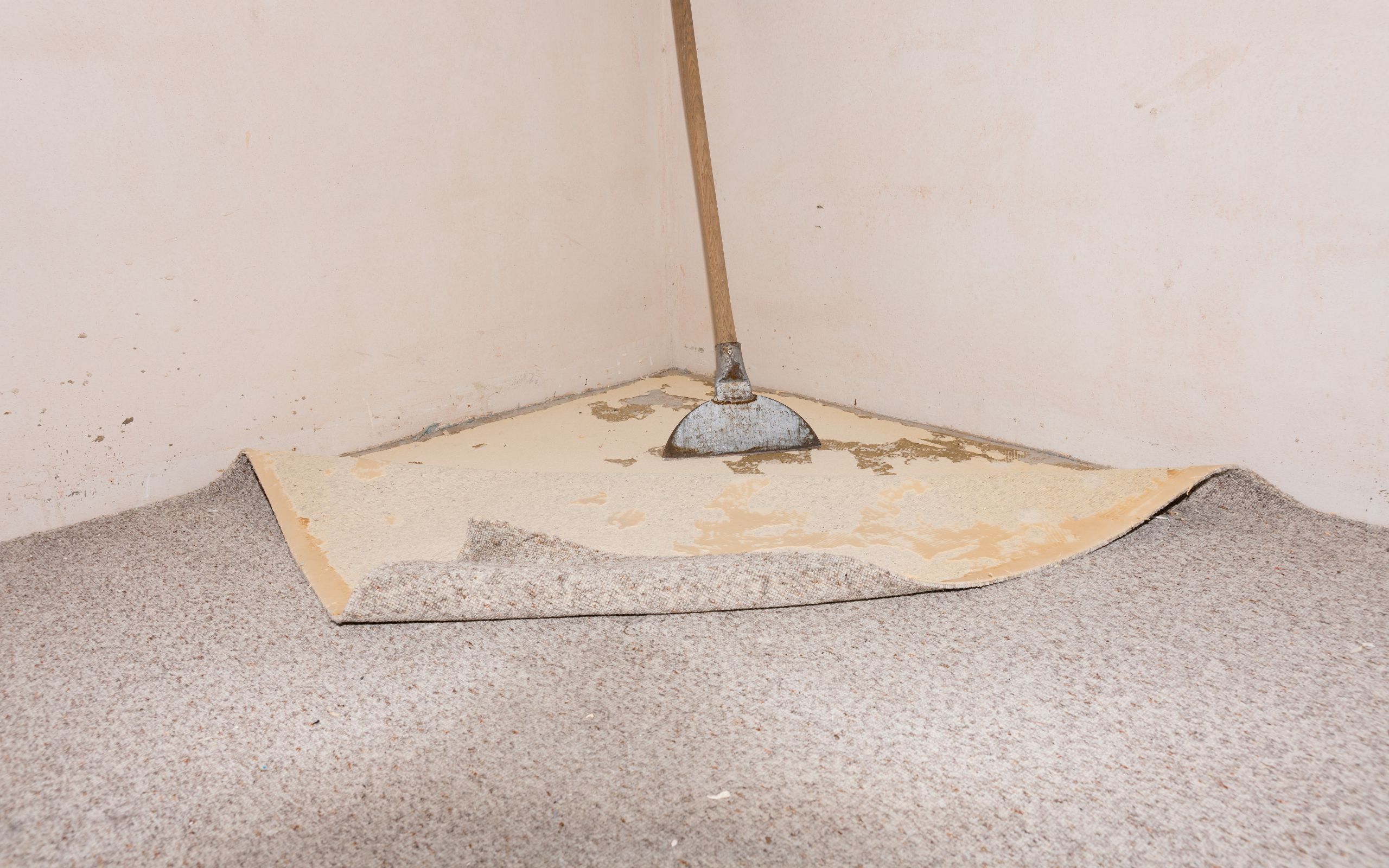Flooring Companies in Houston
1. The Importance of Flooring
Most people don’t think much about flooring. It’s just the surface beneath your feet, a pervasive feature that doesn’t warrant more than passing notice. However, the material, make, look, and feel of a floor can have a profound effect on the overall feel of an environment. This importance is compounded by the fact that the characteristics of different materials will require different types of maintenance, care, and will have varying lengths of the life cycle.
Finding the right floor for a particular situation requires you to understand the properties of the different products that are available, and how they can be properly employed to achieve your goals. That, in turn, necessitates strategic long-term thinking, where you look at not just the environment, but its evolution and use over the course of years to come.
2. Finding The Function Of Your Floors
- Style Options: There are many different types of floors out there, and different products can have widely varied looks. Some materials will be solid in hue, while others will have crazed multicolor patterns that will erupt in contrasting blasts throughout its surface. Finding the perfect option for a space will require an eye towards design where you match the features of the floor to the surrounding elements in order to create a seamless and integrated look.
- Natural Materials: Flooring falls into one of two major categories. Natural materials are products which are extracted from the earth. These can include things like solid wood, bamboo, natural stone, and rubber. The main feature of these floors is that the colors and patterns found in their surfaces are irregular, emerging through the process of their growth and formation rather than being instilled by a manufacturer. These can be somewhat erratic to work with, as no two pieces will ever look alike, however, some people prize this as it creates a floor that is completely one of a kind and unique.
- Manufactured Materials: These are products that are made using a variety of ingredients and chemicals, which are then combined using industrial processes often involving heat and or pressure, to create materials that have specific properties. These floors tend to be more uniform, with standard colors, patterns, and sizes, which makes it easier to work with and install them. They are also often more resilient against stains, damage, and other hazards. The drawback is that they are often environmentally unfriendly, and can even have a negative effect on the indoor air quality of a space.
- Faux Natural: These are manufactured products that are designed to look as natural as possible. This is done in order to marry the resilient and resistant properties of manmade floors, to the beauty and charm of hardwood, marble, slate, bamboo, and other high-end products. They also tend to be less expensive, and easier to install than their counterparts. While these have traditionally been poor facsimiles, advances in production processes have allowed suppliers to achieve effects which are very close to the real, natural thing.
- Getting Creative: There are a lot of ways to be artistic when designing a flooring installation. While standard options will use a uniform set of tiles or a single covering sheet, that is not the only option that is available. With tiles, you have the ability to mix and match different materials and colors in order to achieve enticing effects. Mosaics are another option, allowing for the creation of complex patterns using a congregation of smaller pieces. You can also choose to embed accent emblems in the center or throughout installations of nearly any flooring.
3. Tactile Considerations With Flooring
- Hard Floors: Many materials that are available for flooring consist of very hard, rigid surface tiles, that are able to withstand high levels of physical impact over time. This includes options such as ceramic, granite, slate, porcelain, and brick. These are great for creating a very stern, powerful, and impressive look in a space, and they are often employed in offices and government buildings. They are also usually easy to keep clean, as staining materials tend to rest on the surface, waiting to be wiped clean with ease.
- Soft Floors: These are more yielding options, which are comfortable, enfolding, and inviting. They include products such as carpet, rubber, cork, and padded resilient products. These are often employed in more relaxed social spaces such as living rooms and dens, as well as bedrooms, playrooms, or anywhere that you just want to feel comfortable.
- Padded Underlayment: In some cases, you can have your cake and eat it too. Resilient flooring consists of a series of products including vinyl and linoleum which are manufactured to be incredibly durable and resistant. However, they are also extremely thin, which means that they will take on the feel of anything that they are installed over. That gives you the ability to use a layer of padded underlayment often consisting of foam or cork, underneath the actual flooring surface, in order to achieve the feel of soft and pliant, while still maintaining the durability of the cover above.
- Radiant Below Surface Heating: Some floors are colder than others. Hard tiles such as granite, ceramic, and natural stone, as well as concrete surfaces, often suffer from this characteristic which can make them uncomfortable to bare feet stepping on chilly wintry mornings. A radiant below surface heating system is a structure that is installed beneath the surface of these floors, usually in coils and is designed to emit heat which pulses up through the structure of the building, warming toes while efficiently increasing the temperature of the surrounding room.
4. Environmental Flooring Factors
- Indoor Flooring: Most flooring products are designed for interior use. That means that they are resilient enough to handle the normal wear and tear of spills, staining agents, and foot traffic. However, they are not rated to withstand the constant press of weather, rain, heat, and cold, which can assault exterior installations. There can be some overlap in these products, but it is important to understand the capabilities of any material before deciding on its use.
- Exterior Flooring: Only a few flooring products are suitable for exterior use. These are often hard surface products, including slate, granite, some ceramics, brick, and concrete. They will have inherent characteristics that will make them resistant to the elements, while also being able to wear down gracefully with time, taking on a sense of personality as they are slowly degraded, rather than simply crumbling into rubble.
- Note: In the case of natural products, if red hues are found on the surface this is often an indication of the presence of iron in the chemical makeup of the material. That will make it unsuitable for outdoor use, as it will oxidize over time when it comes into contact with rain, and can literally rust until the material falls apart.
- Flooding Concerns: Water is the bane of many flooring materials. It can seep down into pores, expanding, rotting, eroding adhesive, and causing the growth of harmful mold and mildew. Unfortunately, some spaces will be prone to floods, either through swelling of ground water or due to plumbing and large appliance malfunctions. In these spaces, it is important to choose a product that can withstand these conditions without being completely ruined.
- Water Issues: Even when flooding isn’t a problem, some spaces are just prone to be wetter than others. This is particularly true of bathrooms, and some heavily used kitchens. In these areas, you need to choose water resistant materials that will be able to withstand the constant splash, splatter, and drip of these elements.
- Humidity: Water can be most insidious when not in liquid form. This happens in hot, humid environments, where the liquid turns to vapor and hangs in the air. There it exists as extremely small particles which can slip into even the tightest cracks, pervasively invading and exploiting every week spot on your floor. The use of dehumidifiers, fans, and ventilation systems can help this problem to some extent.
5. Commercial Versus Residential
- Commercial: There is a huge difference between commercial and residential flooring. When a space is open to the public, it can get moderate to heavy foot traffic, with potentially dozens, hundreds, or even thousands of people pounding their feet against its surface every single day. These hazards are compounded by the possible presence of food, drinks, and whatever mud or particles stick to their feet to be dragged in from the outside.
- Residential: On the surface, it may seem like it is much easier to choose proper residential flooring for a space. While there are far more options that are available for such projects, the specific needs of any particular room tend to be more important in these areas. For instance, you want bedroom flooring to be soft and appealing, while bathroom floors have to be resistant to water, grime, and mold. The bottom line is that you have to be much more niche specific when working residentially so that you can find the perfect mix of style and use.
6. Flooring Options Sorted By Environment
- Living Rooms: Good choices will be carpet, padded resilient vinyl or linoleum, or hardwood floors. Tile and ceramics can be used but should be coupled with throw rugs to soften the feel.
- Bedrooms: Carpet, cork, and padded resilient products will be best in a bedroom where you want to create a soft environment. Hardwood is also popular as it has a soft rustic feel. Rubber can be good for kids rooms, and bamboo is a popular choice as well.
- Kitchen: Hard tile materials such as ceramic, slate, and granite are best in here. Vinyl is also an option which can be coupled with a padded underlayment to achieve a softer, more comfortable standing experience.
- Basements: Concrete, slate, granite, ceramic, and vinyl are all good options for below grade installations as they can easily be made proof against the water, humidity, and flooding hazards that can plague these places.
- Commercial Retail Locations: Ceramic, vinyl, rubber, brick, and natural stone are all attractive, inviting options that are also easy to maintain. Softer products will be more comfortable, while hard surface choices will be easier to clean and disinfect.
- Schools, Daycare, and Children’s Spaces: Here you want to find soft surface floors, that are also easy to clean and maintain, as kids can be quite messy. Padded vinyl and linoleum are good options, as are certain types of resilient carpet. Rubber is also a unique solution that is safe and fun while also being durable.
- Offices: Granite and ceramic are the two most popular options for corporate spaces. They are solid and strong, projecting a sense of dominance, while the polished surface of these products has an exact and striking feel that can help to improve and elevate the image of the occupant of the space.
Source: thespruce
About Fantastic Floors, Inc. We are a successful company with more than 25 years of experience in the market, we have the infrastructure, high quality equipment, materials and supplies to achieve and exceed the expectations of our customers, allowing us to gain the confidence and loyalty for our services.
We have more than 500 residential, 300 properties and 25 commercial customers totally satisfied with our services.

Flooring Companies in Houston.
Fantastic Floors, Best Carpet Installers in Houston, Best Floor Installers in Houston, A/C Duct Cleaning in Houston, Best Carpet Cleaning in Houston, Best Carpet Installation in Houston, Best Carpet Shampoo in Houston, Best Floor Installation in Houston, Carpet Cleaning Companies in Houston, Carpet Cleaning in Houston, Carpet Installation in Houston, Carpet Sale in Houston, Ceramic Tile Sale in Houston, Commercial Carpet in Houston, Commercial Flooring in Houston, Floor Installation in Houston, Flooring in Houston, Flooring Companies in Houston, Hardwood Floor Installation in Houston, Professional Carpet Installation in Houston, Professional Floor Installation in Houston
